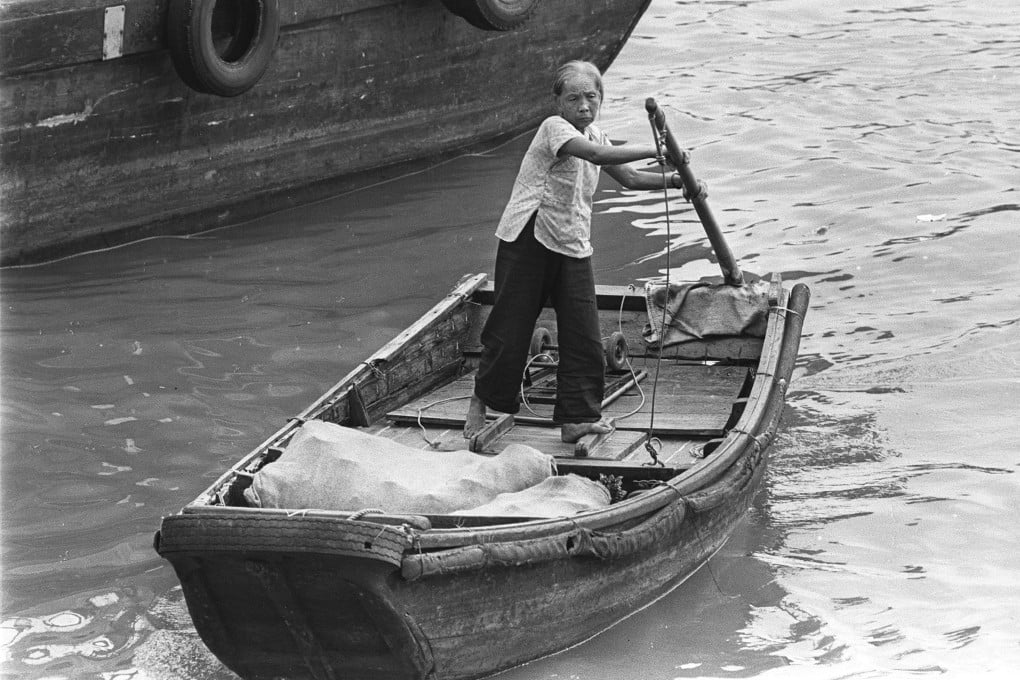Language Matters | Where did English get the words ‘sampan’ and ‘junk’ from? Probably Cantonese and Javanese
Scholars are split on the roots of ‘sampan’ and ‘junk’, with some pointing to Chinese and others to Old Malay and Javanese respectively

Traditional sampans adorned with panda-themed LED lights, as well as an authentic Chinese junk decorated with flags and panda motifs, cruising around Aberdeen Typhoon Shelter will be among the festivities in Hong Kong in celebration of the 75th anniversary of the founding of the People’s Republic of China.
Sampans – typically small, light, wooden boats with a relatively flat bottom, propelled by a pole, oars, or a single long stern sculling oar – have a long history in East and Southeast Asian coastal and river waters.
Usually open, with a shelter aft, they were – and still are – used as a means of transporting passengers and goods over short distances; fishing; or to get to larger vessels out at sea. They also constituted homes for sea-dwelling communities, including the Tanka or Séuiseuhngyàn “people born on or of the water”, of coastal southern China and Hong Kong and Macau.
The name sampan began being used in European accounts of the China seas for such small boats. The earliest documentation in English is from a 1620 diary entry by Richard Cocks, merchant and East India Company servant, describing how “Yt was thought fytt and brought in question by the Hollanders to trym up a China sampan to goe with the fleete”.

Many accounts explain the name as deriving from Sinitic, most likely Cantonese 三板 sāam báan – or Hokkien 舢板 sam-pán – meaning “three boards”, referring to the construction of the craft’s keel-less hull which usually comprised three planks or pine boards.
However, several scholars have demonstrated an Austronesian origin. In the earliest written texts in Malay, inscriptions from the 680s, which relate the dispatching of war fleets to establish the newly founded polity of Srivijaya, a specific boat type is named, namely the sampan, in the Old Malay form sāmvau. This is believed to have served as the origin for cognate words in South, East, and Southeast Asian languages.

